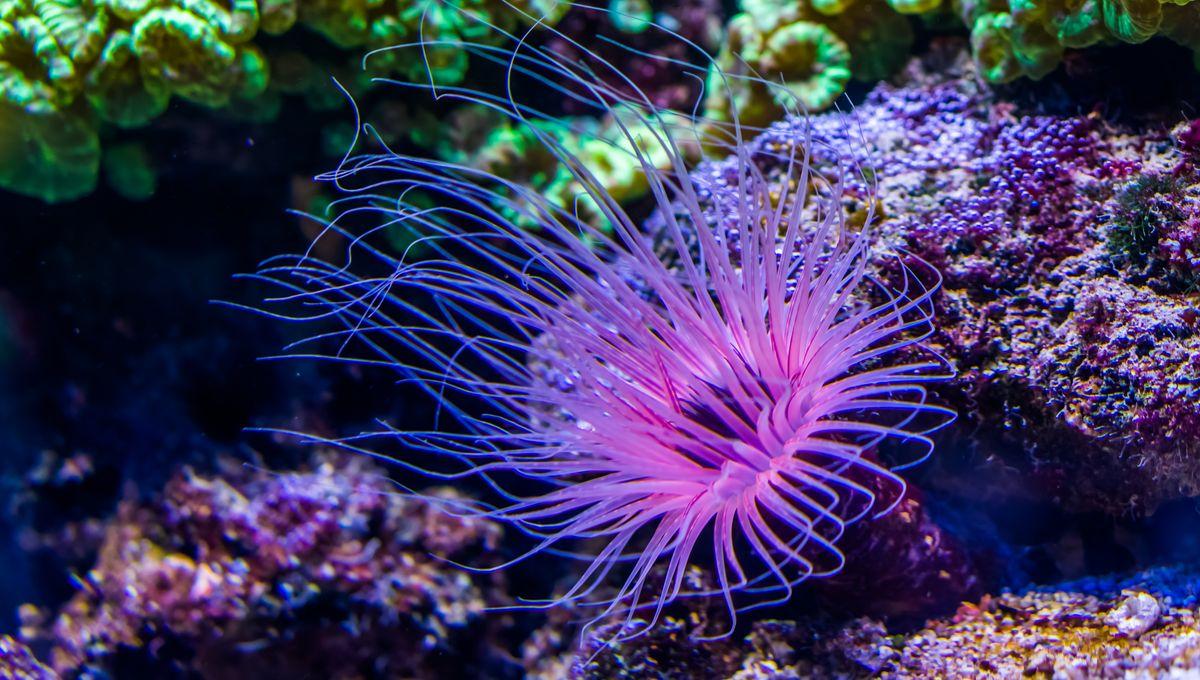-
Новости
- ИССЛЕДОВАТЬ
-
Страницы
-
Статьи пользователей
-
Форумы
What Is The Rarest Color In Nature? It's Not Blue

What Is The Rarest Color In Nature? It's Not Blue
Blue is a relatively rare sight in living things. Green blankets much of the world, yellow and orange frequently pop up in plants and animals, while reds and pinks also find their time to shine. Meanwhile, blue is confined to just a meager selection of flowers, the odd eccentric bird, and a few freaky frogs. However, there exists another color that’s even rarer in the natural world: violet – and we’ll explain why it’s so scarce right here.
The rest of this article is behind a paywall. Please sign in or subscribe to access the full content. The rarity of colors is all down to physics and evolution. Colors arise from the reflection of specific wavelengths in the electromagnetic spectrum. Shorter wavelengths, like blue, carry higher energy, while longer wavelengths, like red, have lower energy. Green lies roughly in the middle of this visible spectrum, so it’s a great wavelength to take advantage of. It is the most common color in nature because of photosynthesis, the fundamental basis of (almost) all life on Earth that converts light energy from the sun into chemical energy. Plants achieve this with the help of a pigment called chlorophyll, which reflects green light, while absorbing mostly red light and some blue light. Welcoming these red and blue wavelengths is a stable and efficient way to excite the electrons in chlorophyll, allowing the plant to convert light energy into chemical energy. Wavelengths associated with green, on the other hand, are mostly reflected rather than absorbed, which is why leaves appear green. The rarity of other colors in nature often comes down to a similar balancing act: pigments must not only be biochemically feasible but also serve an evolutionary purpose, whether for photosynthesis, camouflage, or signaling. Blue light’s short wavelength and high frequency mean it's energetic, so most pigments absorb it rather than reflect it. It's like a bundle of intense energy that's biochemically cumbersome to bounce back - it's much easier to take the punch. This isn’t to say that life hasn’t found a way to harness blue colors; if there’s an empty niche to fill, something will fill it. Just think of tropical birds, around 10 percent of plants, and those beautiful beetles. However, these organisms don’t necessarily use true pigments to appear blue. Instead, many rely on microscopic physical structures that scatter light to produce the perception of blue, a phenomenon known as structural coloration. Once again, this is a costly process, one that is tricky to master, so only a few living things are pushed enough to dabble with it. Violet has an even higher frequency and shorter wavelength than blue, placing it at the viciously energetic end of the visible light spectrum. One way to imagine it is like an extreme version of blue (not to be confused with purple, which is a blend of blue and red). All the factors that make blue rare – like its high frequency – are even more pronounced for violet, which is why it’s almost nonexistent in living organisms. Producing violet through pigments is even more energetically demanding, plus structural coloration becomes tricky as it requires microscopic structures so dense and precise that few organisms can manage it. The scarcity of certain colors is reflected (so to speak) in the way humans treat pigmentation in their cultures. In the days before laboratories and chemical dyes, blues and purples were reserved for great leaders, spiritual elites, and other powerful people in societies. Even with today’s technological know-how, producing these colors is a difficult thing to master.Why is green so common in nature?
Why is blue so rare in nature?
Why is violet even rarer in nature?


